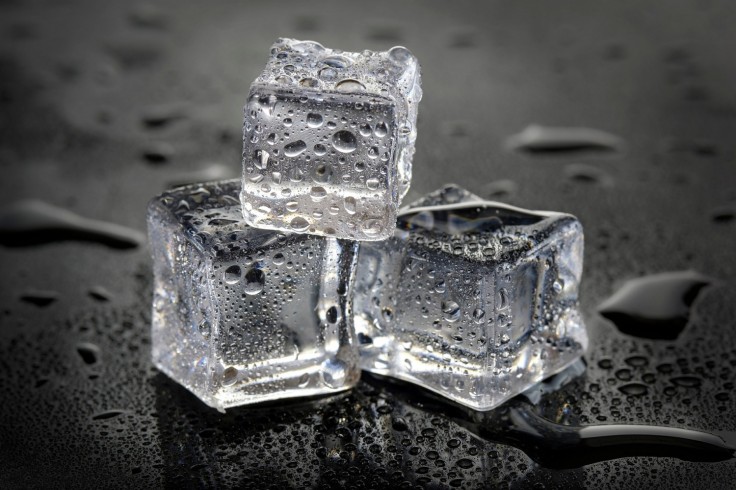
Every child has a set of bad habits. Maybe your child is fond of sucking their thumb, biting their nails when bored, or picking their nose. Other kids might fidget when feeling nervous. Another bad habit that appears to be common among kids is chewing ice.
Is it harmful to your child's teeth or not? The answer to this question is important, especially for those parents with a child who loves chewing on ice, per Kid Shine.
You might assume their teeth are strong enough to chew ice, as they can tear through chewy meats and bite into hard substances such as peanut brittle. The enamel, the top layer of the teeth, is the hardest surface in the human body. Although teeth are strong, they have their limits. Chewing ice can crack or chip your child's tooth or teeth. Cosmetically, a chipped tooth can be unappealing, and your child might physically experience pain. If left untreated, a broken tooth might be a risk of a cavity, an oral abscess, or infection. These can be dangerous to kids' overall health.
Doctors use the term "pica" to illustrate craving and chewing substances that have no nutritional value, like ice. Craving and chewing ice, commonly known as pagophagia, is usually linked with iron deficiency.
Why many kids are fond of chewing ice?
There is various underlying cause for your child to chew ice. One example is an eating disorder known as pica. Dehydration might also be to blame as it might prompt your child to chew on ice instead of drinking water in its liquid form. Moreover, anxiety disorder might also be why many kids love chewing ice.
Sadly, due to continuous chewing on ice, tooth sensitivity may occur, and the child's teeth may eventually turn to yellow or gray color because of the erosion of the enamel. As time passes, such erosion of the top layer of the child's teeth might gradually lead to sudden tooth gaps and ridges on the teeth. Soon, your child's teeth may start to look more rounded, and frankly, no child wants to smile while having such teeth.
Dr. Fadiyla Dopwell, a developmental-behavioral pediatrician at Developmental Pediatric Services in Dallas, told Romper that kids prefer ice because they seem attractive due to the cold sensation that provides soothing on a teething toddler's gums; hence, it can also be appealing for sensory purposes.
Chewing ice can create a lot of problems for oral health
Although teeth may seem sturdy, they are not designed to crunch or bite hard objects like ice. Chewing ice can easily lead to a cracked tooth requiring an emergency dental visit in the future to repair a broken tooth in the future.
Dr. Dopwell added that ice is a great development booster, but it can also cause damage to the child's gum tissue, especially if the edges of the ice are sharp. This habit can usually be found in 10 to 30 percent of kids ages one to six but typically goes away in a few months.
Moreover, this habit must be avoided as it can create many problems for oral health, per Colgate. Ice is cold, which entails a numbing effect while chewing it, which means you won't notice an injury to the gum tissue. And weakened enamel can lead to other oral health issues.
Related Article : Importance of Brushing Kids' Teeth; Insufficient Dental Care by Parents Seen as Dental Neglect